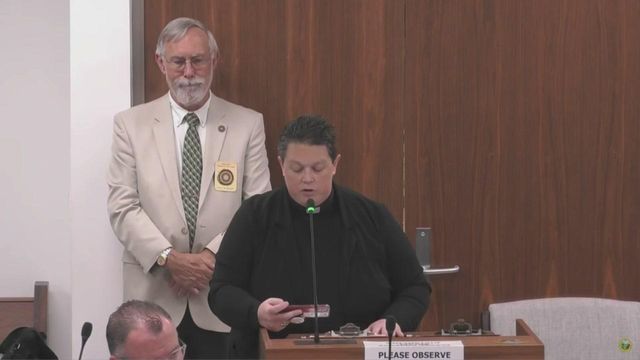NASA hunts ice in storms off the NC coast

An eagle-eyed viewer spotted a NASA plane off the North Carolina coast, circling through a storm from Ocracoke to Wilmington.

It is part of ongoing research into high ice water content (HIWC), tiny ice crystals that develop in deep convective storms. These ice crystals are difficult to detect and can cause big problems as they build up in engines as pilots fly through and even around these storms.
Deep convective storms form when warm moist air rises and condenses as it cools. Ice forms around tiny particles in the atmosphere, around 100 microns in size or about the size of baking flour. Updrafts push those ice crystals, where they can remain suspended for hours, above 30,000 feet, cruise altitude for passenger airliners.

While millimeter-sized rain drops, hail and wet snowflakes are very reflective, making them visible to weather radars aboard passenger and other aircraft flying above 30,000 feet, these micron-sized ice crystals are not, making them invisible to pilots until the engines begin losing power as ice builds up inside.
A team of researchers from Australia, France and NASA's Langley Research Center in Hampton, Va., have an idea of how to help pilots spot HIWC conditions by combining remote satellite data from geostationary weather satellites like Europe's Meteosat, Japan's MTSAT, and NOAA's GOES along with measurements of the total water content of the air around the plane, with a lot of math.

The ultimate goal of this research is to better understand the conditions where ice crystals form, especially in high concentrations, and test out that idea that might enable pilots to better avoid otherwise invisible hazardous weather.
They are using NASA's Airborne Science Laboratory, tail number N817NA, a 50+ year old DC-8 that can put 15 tons of science instruments and scientists where the science is, at altitudes between 1,000 and 42,000 feet for up to 12 hours.
The plane began service for Italy's flagship airline Alitalia in 1969 where it flew for a decade, then for Braniif Airways before NASA acquired it in 1985. NASA modified it for use in atmospheric science like the current campaign as well as validating instruments before they are launched on satellites and calibrating them after.

The aircraft HIWC campaign equipped the with sensors that continuously measure temperature, pressure, humidity and even the size of those particles that turn into ice crystals.
NA817NA spent Sunday flying at lower altitudes through weather south of Cozumel, Mexico. We could see more of NASA off the North Carolina coast as this HIWC campaign continues through the end of the month.









